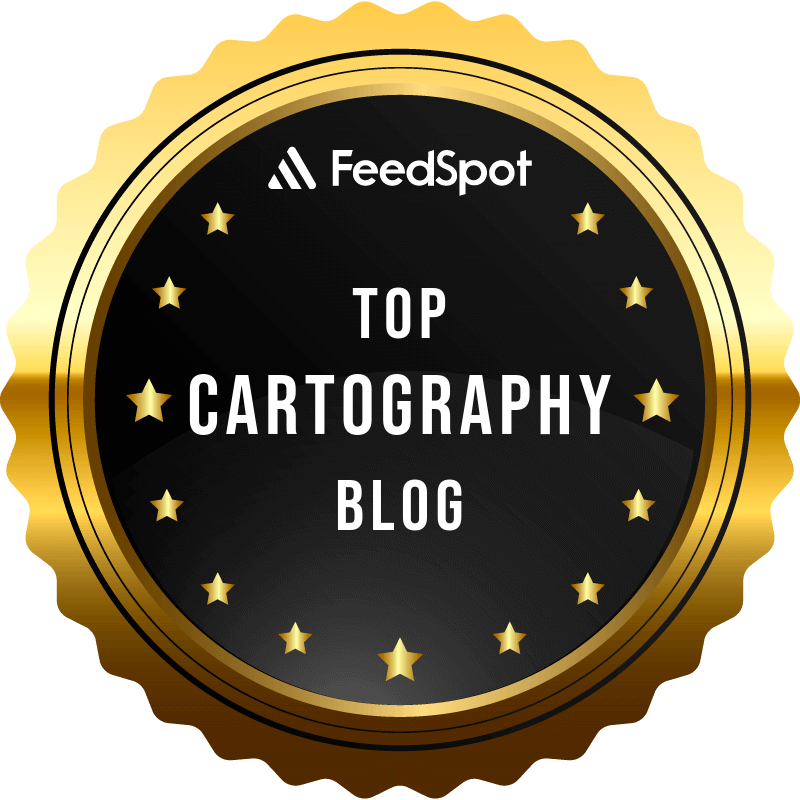A few days ago I was in Iceland. They like their maps there. Here are some examples.
They post maps along the side of the roads and where entering towns. Above is one near the Þingvellir National Park. The one below, in Stokkseyri, shows the extent of the largest lava flow on earth (since the ice age) - stopped finally by the ocean.
A 3D model of the Snæfellsness peninsula in the visitors center at Snæfellsjökull National Park.
Monument to Jules Verne's Journey to the Centre of the Earth - the book's descent begins at the volcano above,
but the nearby monument has a hole (next to the wooden pole) where you can start digging. The sign below lists distances through the earth - the second distance is along the surface.
A map of the continental plates at the Bridge Between Continents near the Keflavik airport.
The bridge crosses a chasm formed by the separation of the plates. The rock walls on either side are the two continental plates.
Of course, I also accumulated many paper maps. Here was our most used map - the Islandskort series from Fixlanda.
Geothermal pools in the Reykjavik area.
Finally, here is a beautifully detailed map from Iceland's Geodætisk Institut that I bought at the Reykjavik Flea Market. The map is dated 1990 but the survey date is 1920.
I have lots of great scenery pictures too but the maps are the real highlights.
They post maps along the side of the roads and where entering towns. Above is one near the Þingvellir National Park. The one below, in Stokkseyri, shows the extent of the largest lava flow on earth (since the ice age) - stopped finally by the ocean.
A 3D model of the Snæfellsness peninsula in the visitors center at Snæfellsjökull National Park.
Monument to Jules Verne's Journey to the Centre of the Earth - the book's descent begins at the volcano above,
but the nearby monument has a hole (next to the wooden pole) where you can start digging. The sign below lists distances through the earth - the second distance is along the surface.
A map of the continental plates at the Bridge Between Continents near the Keflavik airport.
The bridge crosses a chasm formed by the separation of the plates. The rock walls on either side are the two continental plates.
Of course, I also accumulated many paper maps. Here was our most used map - the Islandskort series from Fixlanda.
Geothermal pools in the Reykjavik area.
Finally, here is a beautifully detailed map from Iceland's Geodætisk Institut that I bought at the Reykjavik Flea Market. The map is dated 1990 but the survey date is 1920.
I have lots of great scenery pictures too but the maps are the real highlights.







































